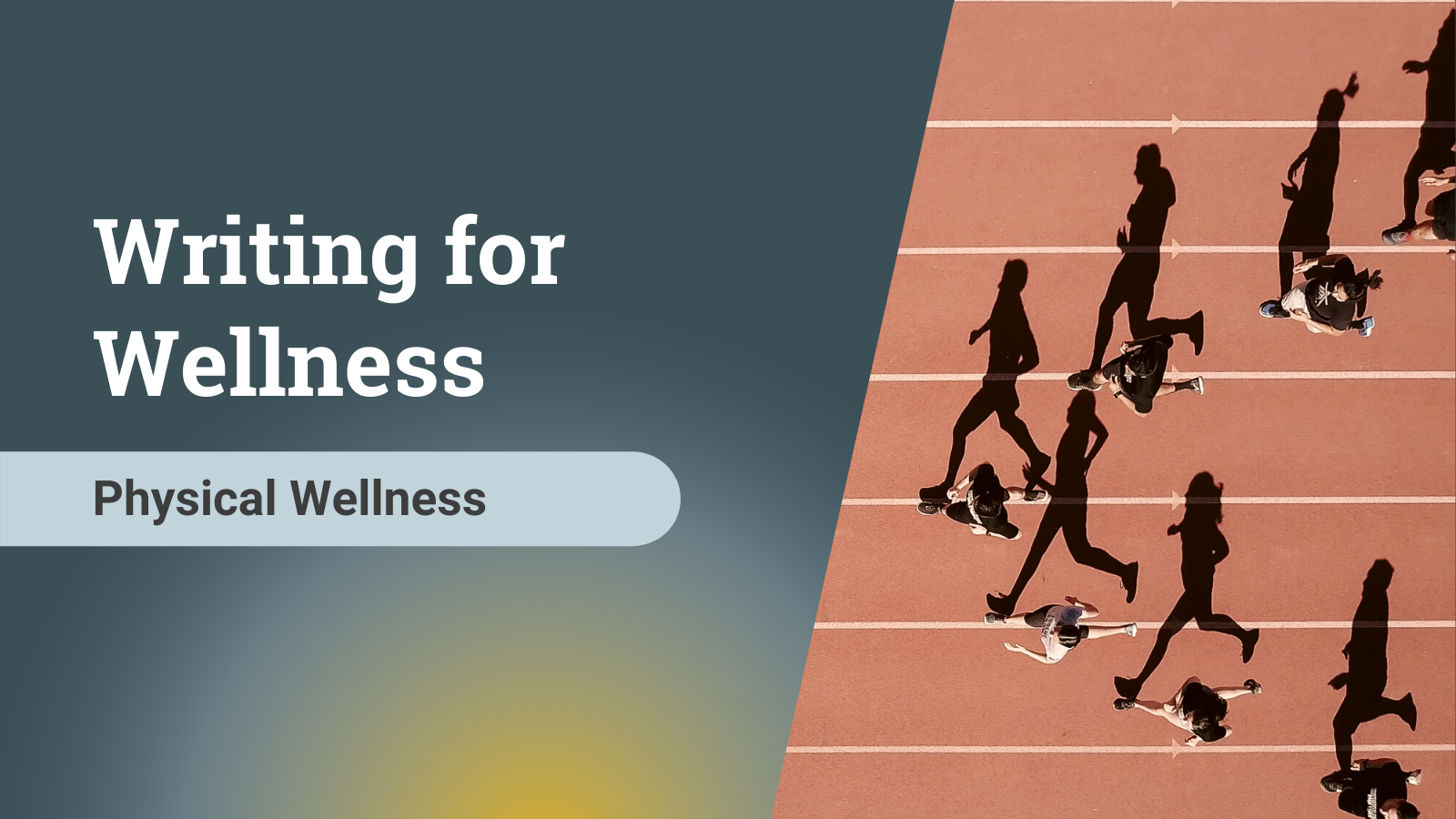I took a course on walking once. In college. For credit. I slapped all discussion of the class with a thick coat of irony: walking was going to count toward my GPA.
But the truth was I’d been trying to take up running again after a hard, sedentary stretch, and it was going badly. There were always other people on the paths around campus, and I kept trying and failing to match them: their pace, their appearance of ease. Each jog was a demoralizing series of gasping fits and starts punctuated by piercing stitches in my sides.
There were runners at the track where the walking class met too, but here I had an assignment: I was required to walk. My classmates in the course ranged from a young woman who competed on a speed-walking team in high school to people seeking the easiest possible fulfillment of the phys-ed requirement, often looking the worse for the previous night’s wear.
What anyone in the latter category didn’t see in the course description was the note about the heart-rate monitors. The instructor sent us to do laps on the track for half an hour with two mandates: maintain correct form, and keep our heart rates between 65 and 75 percent of our maximum heart rates (MHR).
The MHR is a helpful guide in a couple of ways. Depending on whether you’re working at a higher or lower percentage of your MHR, the body processes fuel and repairs itself differently. Once you know your MHR, you can target the intensity of your workouts depending on your goals.*
The MHR is also an objective measure of effort.** You’re either moving your body in a way that demands a specific percentage of its cardiovascular capacity, or you aren’t.
“Don’t look at how fast anyone else is, and don’t buddy up,” the instructor told us. “Nobody but your body knows how quickly you should go. As long as your heart rate is in that zone, everyone is working just as hard as everyone else.”
At 65 to 75 percent of your MHR, you’re breathing noticeably but not gasping. The targeted heart-rate zone doesn’t have the intensity of a sprint, but it takes focus to sustain, especially using the unfamiliar combination of muscles recruited for speed walking. Heel-toe, heel-toe, elbows driving back and swinging forward. It was a while before I found the rhythm.
When I did, I looked up at my classmates with that old compulsion to compare—to find someone who looked the way I thought I should look and do what they were doing. But if I sped up, I’d push myself out of the target zone, and the instructor would tell me to slow down. And even without the instructor watching, I likely wouldn’t be able to sustain the pace for half an hour.
I had two prides pitted against one another: one that told me to go faster, and one that refused to get a bad grade in walking. The pride with an eye on my GPA won out.
As the class went on, we exercised at different intensity thresholds. Day after day, lap after lap, I felt and saw all the different ways hard work can look. Bodies of various types and sizes moving at all speeds, every single one putting out just as much effort as every other. Gradually, the urge to race weakened. I learned what it felt like when my body was moving easily, when it was working, and when it was pushing in a way that would help my body rebuild stronger next time, or in a way that would make my body stop.
I graduated from walking class a long time ago. Though I don’t use a heart-rate monitor anymore, I still walk, and run again, but at my own speed. When my breathing is heavy, rather than feeling it as a failure of ease, I know I’m succeeding at a specific type of work.*** If that isn’t the type of work I’m aiming for, I slow down, breathe easy, and keep going. When I meet others on the trail, going slow, going fast, breathing hard, breathing lightly, I give them a nod. They’re in their zone, and I’ve found mine.
Notes
*It’s worth saying this here: research shows that very light movement is also good for you. You don’t have to breathe hard for your body to notice and benefit.
**The simple formula most frequently used to calculate the MHR (subtracting your age from 220) is fairly accurate for the average person but less so for anyone who exercises a lot or very little. For a more precise figure, with a doctor’s supervision as appropriate, there are at-home exertion tests you can conduct (like exercising to exhaustion and then taking your heart rate). Or you can skip the heart rate monitors altogether and just pay attention to your breathing.
- If you’re breathing through your nose and can carry on a conversation, you’re somewhere in the light-to-moderate exercise zone.
- Once you need to breathe through your mouth, you’re in the middle of the moderate zone, somewhere around 60-70 percent of your MHR.
- If you can speak only in short sentences and are breathing harder, you’re in the vigorous-intensity zone, probably between 70-80 percent.
- Once you can’t get out more than a word at a time and breathing is uncomfortable, you’re above 80 percent.
- Above 90, you can’t talk at all—you’re too busy gasping.
***Read ** above for a rough sense of what these different zones feel like, but always remember *.


